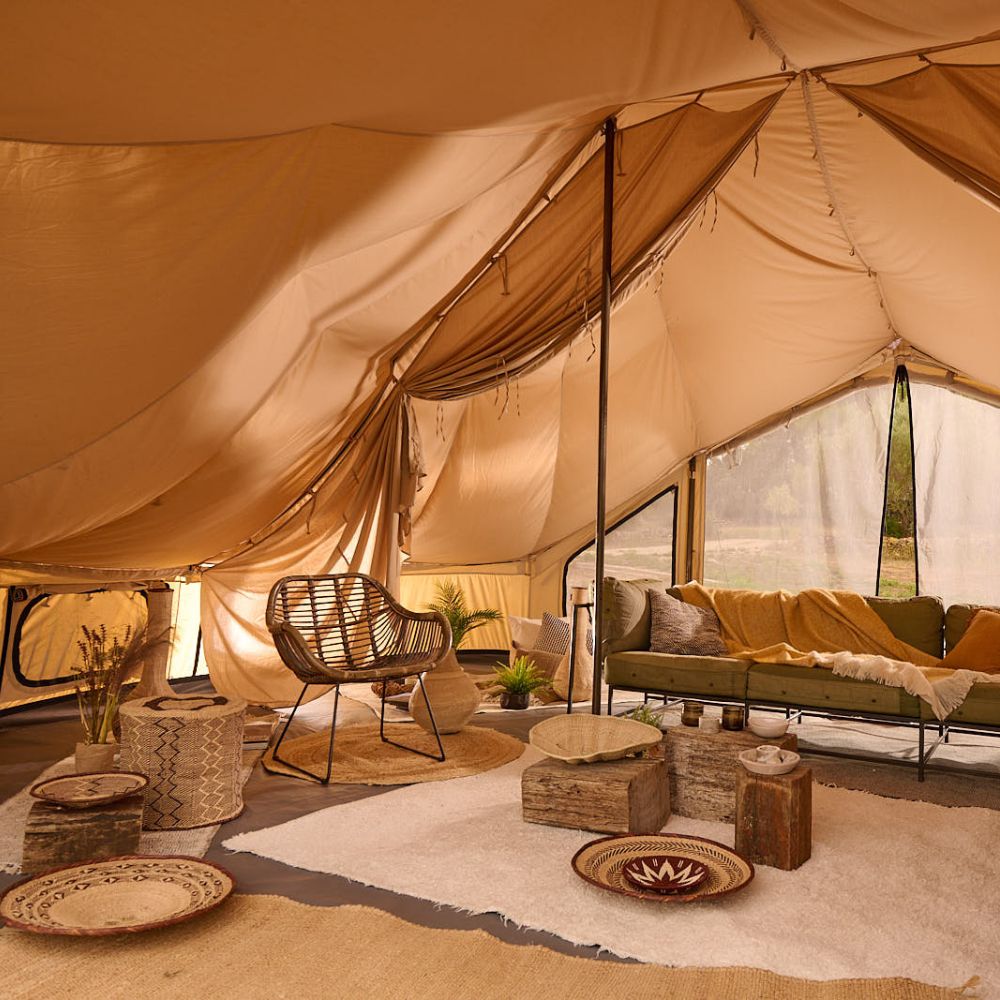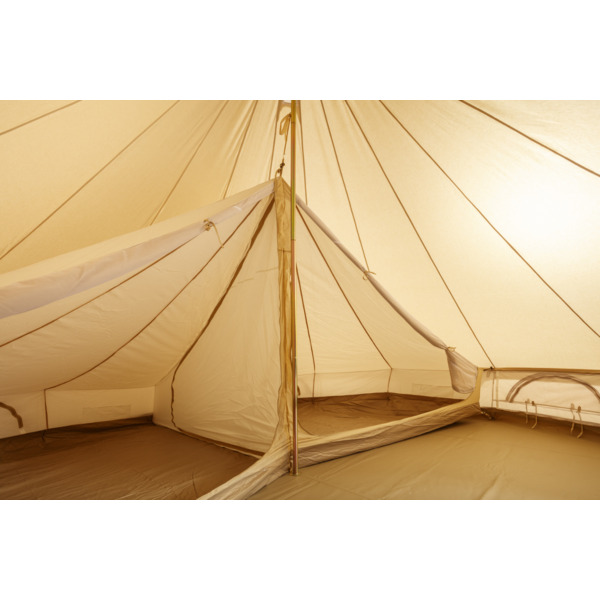Camping is a beloved activity that many people cherish. It not only allows individuals to connect with nature but also fosters camaraderie among friends and family. A tent serves as the primary shelter for campers, providing a cozy place to retreat from the elements. However, many first-time campers may wonder, “What makes camping enjoyable inside a tent?” In this article, we will explore various aspects of camping inside a tent. From selecting the right tent to maximizing comfort, this guide serves as your go-to resource for a fulfilling camping experience.
Choosing the Right Tent for Your Adventure
Understanding Tent Types and Styles
Selecting the right tent is critical for a successful camping experience. Different types of tents cater to various needs and preferences. For example, backpacking tents are lightweight and easy to carry. On the other hand, family tents are spacious and ideal for accommodating multiple people. There are also three-season and four-season tents. While three-season tents are versatile for most conditions, four-season tents are designed for extreme weather. Therefore, understanding your needs will help you choose wisely.
Evaluating Capacity and Size
Capacity and size are essential factors to consider when selecting a tent. Most tents are labeled with specific capacities, indicating how many people can sleep inside. However, it is wise to opt for a tent that accommodates more people than you expect. This extra space ensures comfort, especially when moving around or storing gear inside. Furthermore, consider the tent’s height. A tent that allows you to stand comfortably increases the overall enjoyment of the camping experience. Make your choice based on these factors to ensure a more enjoyable time.

Setting Up Your Tent: Step-by-Step Guide
Preparing Your Campsite
Once you’ve chosen the perfect tent, the next important step is setting it up. Begin by preparing your campsite carefully. First, look for a flat spot away from hazards like falling branches. Check for any rocks or roots that could disrupt your sleep. Additionally, make sure to set up on dry ground if possible. You might also want to find a location that receives natural protection from wind. Finally, consider your proximity to water sources, as this will influence your camping experience.
Assembling Your Tent
After preparing your campsite, it’s time to assemble your tent. Start by removing the tent from its storage bag and laying it on the ground. Follow the instructions that come with your tent. Generally, you will need to insert poles into corresponding sleeves. Additionally, staking the tent down is crucial for stability. Use stakes that are sturdy enough to withstand wind gusts. Tensioning the guylines also helps to keep the tent firmly in place. Ensure that you secure everything properly for peace of mind throughout your stay.
Maximizing Comfort Inside Your Tent
Choosing the Right Sleeping Gear
Comfort is the key to enjoying your camping experience. Start with selecting the right sleeping gear. A sleeping bag that suits the weather conditions is essential. For example, if you expect cooler temperatures, opt for a sleeping bag with good insulation. Conversely, for warmer conditions, lighter sleeping bags can prevent overheating. Furthermore, consider using sleeping pads for added comfort. Sleeping pads provide insulation and cushioning, making the ground feel more comfortable.
Managing Temperature Control
In addition to choosing the right gear, controlling the temperature inside your tent is crucial. During warm weather, it’s advisable to keep tent doors and windows open for ventilation. This ensures airflow and reduces the likelihood of condensation. You might also want to bring an extra tarp for shade. On chilly nights, a well-sealed tent can retain warmth effectively. In such cases, layering your sleeping bag with blankets can provide additional comfort. These tips will help you create a cozy atmosphere inside your tent.

Essential Gear to Bring for a Camping Trip
Core Camping Equipment
Every camper should pack core camping gear for a successful trip. A reliable flashlight is essential for navigating in the dark. Moreover, extra batteries or a power bank can keep your devices charged. A first aid kit is another must-have item. It will help address any minor injuries or ailments that may occur, ensuring you stay safe. A multitool can also be extremely handy. From preparing food to making repairs, it offers functionality that simplifies your camping experience.
Cooking and Food Supplies
Food is a crucial component of any camping experience, so be sure to pack accordingly. A portable stove or camping grill allows you to prepare hot meals easily. Additionally, pack non-perishable foods that are easy to cook. Instant oatmeal, canned soup, and energy bars can serve as nutritious options. Don’t forget cooking utensils and quality pots. Clean dishes are essential, so bring biodegradable soap and a sponge. Finally, pack a cooler with ice packs to keep perishable foods fresh. This attention to food preparation enhances your overall camping experience.
Engaging in Activities Inside and Around Your Tent
Outdoor Games and Entertainment
Camping isn’t only about sleeping; it’s also a time to engage in fun activities. Outdoor games can enrich your camping experience immensely. Consider bringing along a Frisbee or a soccer ball for days filled with energy. Board games can provide hours of entertainment inside the tent when the weather isn’t favorable. Additionally, engaging in storytelling or singing can foster bonding among campers. Each of these activities contributes to a memorable time spent under the stars.
Disconnecting and Reconnecting
Camping also provides an excellent opportunity to disconnect from the digital world. Many campers embrace the experience of being offline, free from the distractions of daily life. This disconnection fosters deeper connections with nature, yourself, and your companions. During your camping trip, take time to observe your surroundings. You could journal or sketch what you see, thus enhancing your appreciation for nature. Not only does this create lasting memories, but it also lends a new perspective to your life.

Safety Tips: Staying Secure Inside Your Tent
Understanding Tent Safety Basics
Safety is paramount while camping, particularly when spending the night in a tent. First, always ensure that your chosen campsite is secure. Familiarize yourself with the area and check for potential hazards. Also, keep your tent zipper closed when not in use. This helps deter wild animals and insects from entering. Furthermore, ensure that your gear is properly stored and hidden at night. This will prevent any unwanted encounters while you sleep.
Emergency Preparedness
Being prepared for emergencies is crucial during any camping adventure. Ensure that you have a reliable means of communication, like a portable phone or satellite device. Additionally, discuss emergency plans with your camping group. Establish a designated meeting point in case anyone gets lost. Keeping a whistle or mirror can also serve as useful signaling devices in emergencies. Knowledge of local wildlife can help you avoid dangerous encounters with animals. Understanding these safety tips is vital for a worry-free camping experience.
The Joy of Campfire Moments
Creating a Campfire Atmosphere
No camping experience is complete without the warmth and camaraderie of a campfire. It serves as a gathering point, drawing everyone together. If fire regulations permit it, gather around a designated fire pit. Use dry wood and kindling for an easy flame. Remember to keep safety in mind while you build your fire. An adequate water source or a bucket of sand nearby can prevent mishaps.
Sharing Stories and Experiences
Gathering around a campfire is the perfect opportunity for storytelling. Sharing personal experiences and camping moments enriches group bonds. Storytelling ignites imagination and laughter, creating lasting memories. Additionally, roasting marshmallows for s’mores adds a delicious touch to the evening. The soft glow of the fire and clear starry skies enhance the camping ambiance. These moments create cherished memories that will be treasured long after the trip ends.
Cleaning Up: The Key to Responsible Camping
Leaving No Trace Principles
Responsible camping requires a commitment to preserving nature for future generations. Adhering to the Leave No Trace principles is essential. This means removing all trash and leftover food from your campsite. Additionally, bury human waste away from water sources. Use established fire pits to minimize your impact on the area. Practicing responsible camping ensures that others can enjoy natural landscapes too.
Encouraging Campers to Be Mindful
Educating fellow campers on responsible practices is also important. Share tips on reducing waste, such as using reusable items. Encourage everyone to respect local wildlife, observing from a distance instead of approaching. By nurturing mindful camping, campers can make a positive impact. Each small action adds up, leading to meaningful change over time. Encourage others to embrace this ethos, making the outdoors a better place for everyone.
Conclusion: Embrace the Spirit of Camping
Ultimately, camping inside a tent offers a myriad of experiences. From choosing the right gear to engaging in meaningful activities, every element contributes to the overall enjoyment. The joys of camping are best experienced with good company, as it fosters connections. Safety and responsibility must also be prioritized to protect and enjoy nature. By approaching your camping adventure with thoughtful preparation and a spirit of curiosity, you set the stage for unforgettable memories. So pack your gear, gather your friends, and dive into the enchanting world of camping. Adventure awaits just beyond your tent flap!
